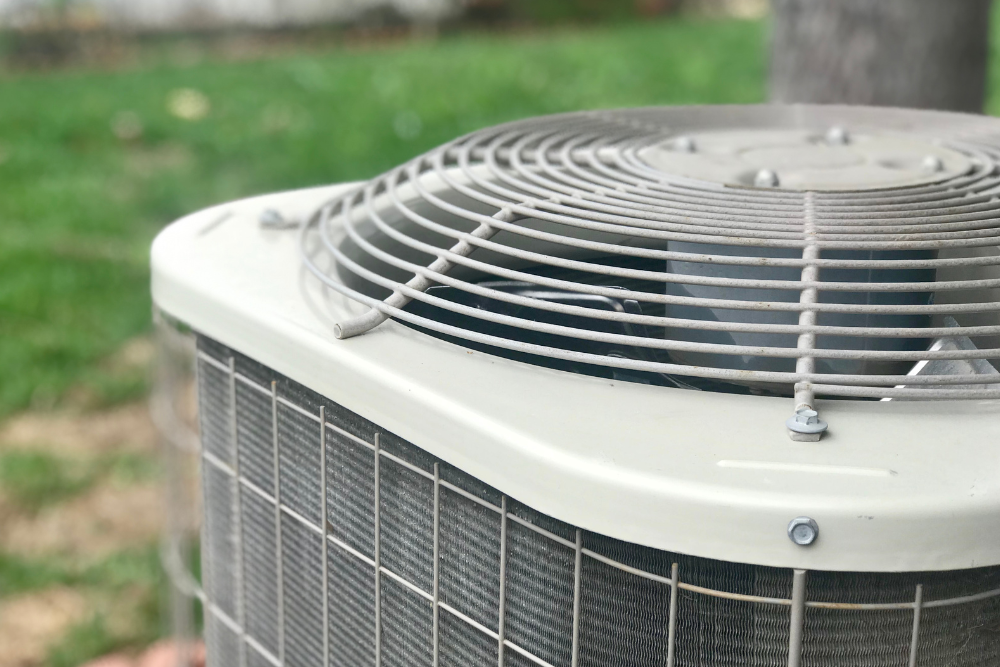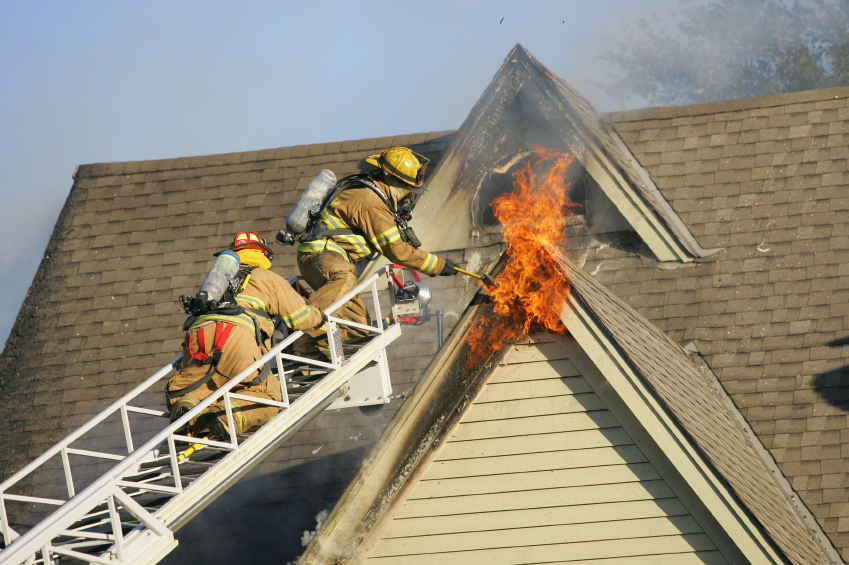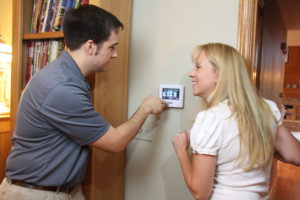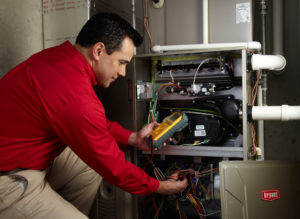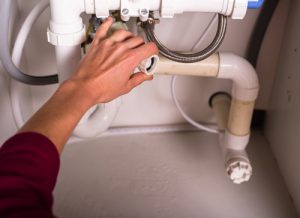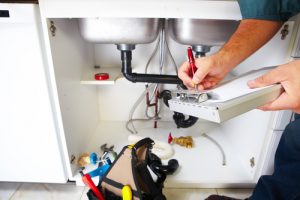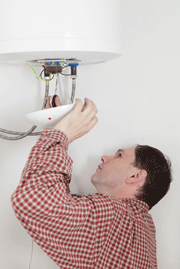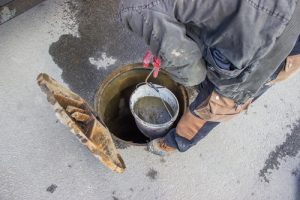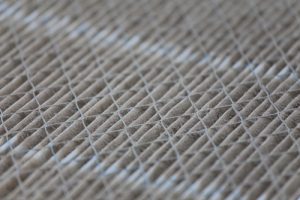Sump Pumps: Protecting Your Chicagoland Basement From Unwanted Water
Sump pumps are vital to home protection since water may enter a basement from both above and below. Either way it flows, the basement ends up flooded. Many people take comfort from living in an area that’s unlikely to experience stormwater flooding, or so they believe. The fact is, during any given year, one-third of the claims paid by the National Flood Insurance Program are for water damage in areas that are officially designated “low risk” for flooding. Statistics say that over the course of a 30-year mortgage term your chances of suffering damage from water inundation are 26 percent versus 5 percent from fire damage. Sump pumps properly installed and maintained offer an important line of defense against basement flooding that can destroy possessions, damage the structure of the home and present a health hazard to residents.
In addition to water due to local flooding, basement water inundation may originate from these sources:
Ground Water
The water table is the level of ground water existing in the earth beneath the house. In many locales, the water table is hundreds of feet below the surface and has no effect on structures at ground level. However, the natural geology in some areas pushes the water table high enough that a basement excavated into the ground intrudes upon the zone of water in the soil. Rising ground water exerts a continuous force called hydrostatic pressure on the bottom of the home’s foundation and may infiltrate the basement through porous concrete, through the joint between the basement slab and the foundation wall or rise further and infiltrate through vertical cracks in the wall.
A high water table may present an ongoing threat of basement flooding at all times or it may fluctuate, rising and falling in response to rain or drought. The persistence and power of hydrostatic pressure cannot be underestimated. It’s been known to displace foundations of large buildings and even dislodge the structure of major dams.
Sewage Backups
The main sewer line buried beneath the foundation of the home is called the sewage lateral. It extends to the edge of your property and connects to the municipal sanitary sewer line. Blockages in the lateral due to intruding tree roots or other causes such as collapse of a deteriorated pipe will reverse the flow of sewage into your home at the lowest point: the basement. Raw sewage flows up and out of basement floor drains or sinks. The damage from sewage flooding extends beyond simply a waterlogged basement. Sewage is a toxic biohazard and may require specialized remediation techniques to make the home safe to occupy.
Plumbing Ruptures
A household water supply line routed through the basement, ruptured from freezing or internal corrosion, can pour hundreds of gallons of water per hour into the basement. Because the water is under pressure from the municipal water main, flooding will continue unabated until the disaster is discovered and the main water supply valve is shut off. Since many residents don’t visit their basements on a daily basis, water supply leaks can go unnoticed long enough to ruin the contents of the basement and cause severe structural and electrical damage. In addition, major water inundation occurring on upper floors from broken pipes or connections can send water cascading downward to flood the basement.
Sump Pump Basics
A sump pump installed in the basement floor automatically pumps out rising ground water as it accumulates in the sump basin. This relieves the force of hydrostatic pressure on the slab and prevents basement flooding. The basin is usually located at the lowest point in the basement floor and recessed two inches below floor level. This allows the sump basin to also collect and automatically remove water flooding the basement from in-house causes such as broken pipes, sewage backups and overflows. A typical sump pump system contains of three parts:
- Sump basin – The basin, or pit, is a round hole excavated at the lowest point of the basement floor to serve as the water receptacle. In most cases, a residential sump basin will be about 18 inches in diameter and about 30 inches deep. The basin penetrates through the concrete slab and about one foot into the soil beneath the foundation. Gravel or crushed rock is utilized to line the side and bottom of the sump basin, permitting rising ground water to flow into the basin without allowing larger debris that might clog the sump pump inlet. A perforated basin liner, usually plastic, installed in the basin further strains the water flowing out of the soil.
- Sump pump – Electric sump pumps utilize a 1/3 or 1/2 horsepower electric motor that runs off of standard 120-volt house current. As water fills the sump basin, a float switch slowly rises, energizing the pump when the water reaches a preset level in the basin. As the pump empties the basin, the float switch lowers and turns off the pump. Sump pumps are available in two designs: pedestal and submersible. Pedestal sump pumps are mounted at floor level above the sump basin with only a pump inlet pipe and a float switch descending into the water. Because the pump motor isn’t submerged, it may be less susceptible to water-related corrosion or leaking seals. Also, the motor is more easily accessible for inspection and maintenance. However, because a pedestal pump protrudes up from the basement floor, it may present an obstacle or inconvenience and reduce the amount of available floor space in the basement.
Submersible sump pumps are completely incorporated within the sump basin. When water’s present in the basin, some or all of the pump, motor and other components are submerged. A round cover is placed over the top of the basin. The cover may be perforated to allow water leaking into the basement from above-ground sources such as plumbing disasters to flow into the sump, or it may be sealed if the sump pump is dedicated only to removing ground water intrusion. A submersible sump installation takes up almost no floor space and presents less hindrance in the basement. Inspection and maintenance of submersible sump pumps is complicated by the fact that they may be underwater most of the time. The effects of continued exposure to sump water may have some effect on the service life of some components, though most pumps are well-sealed and have a long manufacturer’s warranty.
- Discharge – When actuated by the float switch, a sump pump removes water from the sump basin, pumping it up and out of the basement through a PVC discharge pipe. Most sump pumps have either a 1 and 1/4-inch or a 1 and 1/2-inch threaded output. The pipe should match that size to ensure proper water discharge rate. A check valve installed in the discharge line just above the sump pump connection prevents water in the line from flowing back into the basin every time the pump shuts off. The pipe typically discharges sump water at an exterior location in the back yard. This should be far enough from the home to ensure that discharged water doesn’t flow back to the foundation and re-enter the basement, defeating the purpose of the sump pump. Homeowners should be aware that routing sump pump discharge into the household sewer via a basement floor drain or any other route is illegal in most municipalities, as is discharging sump water down a municipal storm drain. In most areas, sump water can only be discharged on the grounds of the property.
Backup Power
Many of the same scenarios that may produce basement water inundation, such as unusually heavy rains, local flooding or catastrophic plumbing ruptures, may also interrupt household electrical power, disabling the sump pump just when it’s needed most. Emergency backup sump pumps that run off of DC battery power are installed in the same sump basin, with the float switch and pump inlet positioned slightly higher in the basin than the primary pump. These pumps typically utilize a deep-cycle 12-volt battery common in marine applications maintained in a constant state of charge by a small plug-in charger.
Another backup option is a water-powered pump. Connected to a home water supply line, these pumps use the force of running water to drive the pump impeller. Because municipal water pressure is less likely to be interrupted during a flood than electrical power, these pumps may provide an additional layer of protection. However, they’re less powerful than electric pumps and have a lower gallons-per-minute discharge.
Early Warning
All basements should be equipped with a sump overflow alarm to alert residents upstairs that water has reached the top of the sump basin due to a clogged or defective pump. Alarms that sense the presence of water flowing across the basement floor are also useful to detect plumbing leaks at the earliest stage.
For more information about the protection offered by sump pumps in the area, contact Black Diamond Plumbing & Mechanical.
Recent Posts
Request Service
Please fill out the form and we will get in touch with you shortly. We look forward to serving you!
Request Service

Proudly Serving
The Chicagoland AreaAddison | Algonquin | Antioch | Arlington Heights | Aurora | Barrington | Bartlett | Batavia | Beloit | Belvidere | Bensenville | Bloomingdale | Bolingbrook | Buffalo Grove | Byron | Caledonia | Capron | Carol Stream | And Much More!
VIew ALL



















